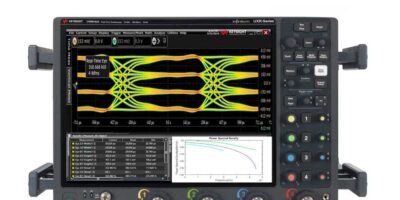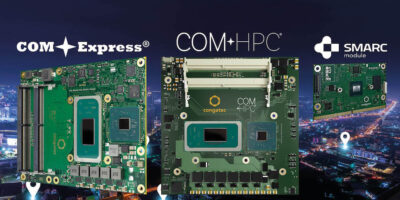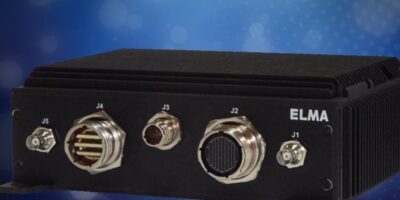Automotive serialiser/deserialiser (SerDes) transmit and channel test applications, as well as an automotive adapter portfolio to verify mobile industry processor interface (MIPI) A-PHY and Automotive SerDes Alliance (ASA) standards have been developed by Keysight Technologies in association with Sony Semiconductor Solutions and Rosenberger.
High-speed automotive SerDes interfaces enable transport data streams to make in-vehicle video, audio and communication possible. The high bandwidth, reliability and performance of SerDes serial links are key requirements in automotive applications, which enable advanced infotainment and advanced driver assistance systems (ADAS) in vehicles.
Tests performed by Keysight’s AE2010T automotive SerDes transmitter test application enable customers to automatically configure each result utilising a Keysight Infiniium UXR-series oscilloscope. Tests performed by Keysight’s AE2010L automotive SerDes channel test application enable customers to automate network analyser tests. Together, these applications provide critical information to maintain data integrity and low loss networks, while meeting current automotive SerDes specifications, says Keysight.
Keysight and Sony Semiconductor Solutions Corporation are collaborating to bring the industry’s vision of standardised automotive SerDes to market. This will have benefits for chipset vendors and OEMs, bringing unified test results and requirements.
“Automotive SerDes standards are important to our strategy of embedding a serialiser on our image sensors. We are pleased to work with Keysight to validate our design against emerging SerDes specifications,” said Kenji Onishi, general manager, automotive business department, Sony Semiconductor Solutions.
Keysight has also partnered with Rosenberger to offer customers industry accepted adapters for automotive SerDes and high-speed data links. “Our customers will benefit from testing solutions for all automotive connector interfaces, which are either standardised or accepted to become global standards for automotive high-speed data transmission soon,” said Hauke Schütt, executive vice president of test and measurement at Rosenberger. “This includes . . . for coaxial and differential transmission channels, such as FAKRA, HFM, HSD or H-MTD,” he said.
Keysight’s SerDes transmitter and channel test applications offer automatic configuration and calibration cues of all required test equipment to reduce overall test time. They also offer an extensive range of tests for standards conformance of MIPI A-PHY and ASA, to reduce cost and save multiple installations and license purchases. The test framework to report multi-trial results includes a full array of statistics for each measurement. They also offer quick, accurate, and repeatable test results for validation and debugging, says Keysight.
Channel test software runs on a E5080B ENA Vector Network Analyzer, PXI Vector Network Analyzers, or Streamline Series USB Vector Network Analyzers and provides the framework for connectors, cables, and harnesses to quickly test automotive SerDes links.







